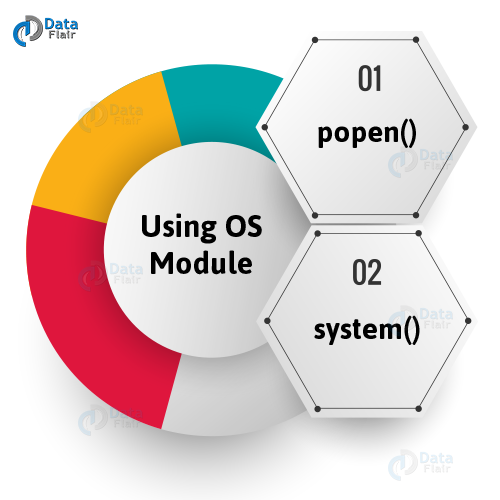
Sometimes programs expect input to be passed to them via stdin. How is input passed to subprocess in Python?

Each argument needs to be separated when subprocess.call is used with shell=False (the default). As JBernardo mentioned in a comment, separate the “-bufsize 4096” argument into two, “-bufsize”, “4096”.
#Python subprocess get output windows os how to#
How to separate arguments in subprocess in Python?Īt the moment I have this: But this says it is invalid. So the first arg to Popen is just the name of the script. The path environment controls whether things are seen. py file extension is recognized, so Python is invoked to process it (on *NIX just the usual shebang). Yes subprocess.Popen(cmd., shell=True) works like a charm. Is there a subprocess to Popen in Python? The default asyncio event loop implementation on Windows does not support subprocesses. Deprecated since version 3.8, will be removed in version 3.10: The loop parameter. The shlex.quote () function can be used to properly escape whitespace and special shell characters in strings that are going to be used to construct shell commands. Why are subprocess not supported in Python 3.9.4? You capture the output from the command using subprocess.PIPE.

#Python subprocess get output windows os code#
This code recreates the ps -ef command and uses subprocess.Popen to call it. However, you want to translate that command into Python using the subprocess module. Let’s get started! The run () function was added in Python 3.5. You will find that the subprocess module is quite capable and straightforward to use. Before that you needed to use the os module. The subprocess module has been a part of Python since Python 2.4. It looks like windows tries to run the script using its own EXE framework rather than call it like When was the subprocess module added to Python? How to run Python on Windows using subprocess? What to do if rsync is not buffering output?.How to skip all files in rsync program?.How to copy files in Python using rsync?.Where do I find subprocess in command prompt?.Is it possible to run Rscript in Python?.Is it possible to execute Python from R?.Is the os.system method depreciated in Python?.Which is an example of sys.executable in Python?.What is the subclass of subprocesserror in Python?.How is input passed to subprocess in Python?.

How to separate arguments in subprocess in Python?.Is there a subprocess to Popen in Python?.Why are subprocess not supported in Python 3.9.4?.When was the subprocess module added to Python?.How to run Python on Windows using subprocess?.For example, one could use rm -rf ~, rm -rf / or any other potentially dangerous command (please do not try these!). This shell injection can also be used to simply transfer or delete information. Granted that this empty file is not much of a threat, but you can imagine a user adding extra commands to create a file with actual nefarious purposes. You can try to execute the script above and give the following input:Īs a result, the program will first execute head -n 1 dummy, as expected, but then it will execute the command touch harmful_file to create a file named 'harmful_file'. Shell injection is an issue any time that os.system is receiving unformatted input, like for example when a user can introduce a filename, as in the example above. You can read more about it in 10 common security gotchas in Python and how to avoid them by Anthony Shaw).

1.1: Susceptibility to shell injectionĪmong other drawbacks, os.system directly executes the command in a shell, which means that it is susceptible to shell injection (aka command injection). Note that this function will simply execute the shell command and the result will be printed to the standard output, but the output that the function returns is the return value (0 if it ran OK, and different than 0 otherwise). However, it is deprecated and it is recommended to use subprocess now. The os.system function is easy to use and interpret: simply use as input of the function the same command you would use in a shell. Return_value = os.system(command+filename) Command = "head -n 1 " # Ask user for file name(s) - SECURITY RISK: susceptible to shell injectionįilename = input( "Please introduce name of file of interest:\n")


 0 kommentar(er)
0 kommentar(er)
